Replacing a bicycle tire doesn’t have to break the bank. You can expect to spend anywhere from $20 to $100 when you need to replace a bicycle tire. For example:
- Quality road bike tires usually cost $40–$80.
- Mountain bike tires often range between $30–$80.
- Hybrid bike tires are more affordable, at $20–$50.
If you do the job yourself to replace a bicycle tire, it can cost as little as $20. However, professional services at bike shops may push the price to $120, especially if labor is involved.
Key Takeaways
- Changing a bike tire costs $20 to $100. The price depends on the tire's type and brand.
- Doing it yourself costs $20 to $60. Hiring a professional costs $35 to $105.
- Check your bike's size guide to pick the right tire. This helps you avoid spending extra money.
Factors That Influence the Cost to Replace a Bicycle Tire

When it comes to replacing a bicycle tire, several factors can impact the overall cost. Let’s break them down so you can better understand what to expect.
Type of Tire (Road, Mountain, Hybrid, etc.)
The type of bike tire you need plays a big role in determining the cost. Road bike tires, for example, are designed for speed and smooth surfaces, while mountain bike tires are built for rugged terrain. Hybrid tires fall somewhere in between, offering versatility for both paved and light off-road trails. Here's a quick comparison:
| Tire Type | Price Range (USD) | Mileage (miles) |
|---|---|---|
| Road | 40 - 80 | 2000 - 5000 |
| Mountain | 30 - 80 | 1000 - 2000 |
| Hybrid | 20 - 50 | 1500 - 3000 |
If you’re replacing a road bike tire, you’ll likely spend more than you would on a hybrid tire. However, road tires tend to last longer, so you might save money in the long run.
Tire Brand and Quality
Not all tires are created equal. Premium brands like Continental, Schwalbe, and Maxxis often come with higher price tags, but they also deliver better performance and durability. Cheaper, generic brands might save you money upfront, but they may wear out faster or provide less grip.
When choosing a tire, think about how often you ride and the conditions you face. If you’re a casual rider, a mid-range tire might be enough. But if you’re cycling daily or tackling tough trails, investing in a high-quality tire could be worth it.
Tire Size and Compatibility
Tire size and compatibility can also affect the cost. Larger tires, like those used on fat bikes or some mountain bikes, tend to cost more than smaller ones. Additionally, not all tires fit every bike. You’ll need to check your bike’s specifications to ensure the new tire is compatible.
If you’re unsure about sizing, look at the sidewall of your current tire. You’ll find numbers like “700x25c” or “26x2.1,” which indicate the diameter and width. Matching these numbers will help you avoid buying the wrong tire and wasting money.
Additional Costs (Tubes, Tools, etc.)
Replacing a bicycle tire often involves more than just the tire itself. You might need to purchase inner tubes, especially if your bike doesn’t use tubeless tires. Here’s a breakdown of potential additional costs:
| Item | Estimated Cost |
|---|---|
| Tire Replacement | $50 per tire |
| Required Tools | Pump, tire levers, tubeless sealant (if needed) |
You’ll also need basic tools like tire levers and a pump. If you’re fixing a flat bike tire at home, these tools are essential. Some bike shops offer packages that include both the tire and tube, which can save you a few bucks.
Tip: Keep an eye out for sales or discounts at your local bike shop or online retailers. Buying in bulk or during off-season sales can significantly reduce costs.
DIY vs. Professional Replacement
When it comes to replacing a bicycle tire, you have two main options: doing it yourself or hiring a professional. Each approach has its own costs, tools, and benefits. Let’s break it down so you can decide what works best for you.
Cost of DIY Replacement
Replacing a bicycle tire yourself can save you money, especially if you already have the necessary tools. On average, DIY repairs cost between $20 and $60. This includes the price of the new tire, inner tube (if needed), and any tools you might need to buy.
Here’s a quick comparison of costs between DIY and professional services:
| Method | Cost Range |
|---|---|
| DIY Repair | $20 - $60 |
| Professional Repair | $35 - $105 |
If you’re comfortable with basic bike maintenance, DIY is a budget-friendly option. However, keep in mind that the initial cost might be higher if you need to purchase tools.
Tools and Skills Needed
To successfully replace a bicycle tire yourself, you’ll need a few essential tools. These tools help you remove the old tire, install the new one, and ensure everything is secure. Here’s a list of common tools and their uses:
| Tool Name | Description |
|---|---|
| ATD-1.2 Adjustable Torque Driver | Used for precise torque settings |
| AWS-1 Three-Way Hex Wrench Set | Includes 4, 5, 6mm wrenches for various bolts |
| TL-1.2 Tire Lever Set | Essential for removing and installing tires |
| VC-1 Valve Core Tool | For valve core removal and installation |
| CN-10 Professional Cable Cutter | For cutting cables and housing accurately |
You don’t need to be a bike mechanic to replace a tire, but some basic skills are helpful. Watching a few tutorial videos or reading a step-by-step guide can make the process much easier. If you’re new to bike maintenance, start with a simple flat tire repair before tackling more complex replacements.
Labor Costs for Professional Replacement
If you prefer to leave the job to the experts, professional services are a convenient option. Most bike shops charge between $35 and $105 for tire replacement, depending on the type of tire and the complexity of the job. For a standard flat fix, you can expect to pay around $30 to $35.
| Service Type | Cost Range |
|---|---|
| Standard Flat Fix | $30 - $35 |
While professional services cost more than DIY, they save you time and effort. Plus, you’ll have peace of mind knowing the job was done correctly.
Pros and Cons of DIY vs. Professional Help
Still not sure which option to choose? Here’s a quick look at the pros and cons of each approach:
DIY Replacement
-
Pros:
- Saves money.
- Teaches you valuable bike maintenance skills.
- Convenient if you already have the tools.
-
Cons:
- Requires time and effort.
- Mistakes can lead to additional costs.
- May be challenging for beginners.
Professional Replacement
-
Pros:
- Saves time and effort.
- Ensures the job is done correctly.
- No need to buy tools.
-
Cons:
- Costs more than DIY.
- May require scheduling an appointment.
Ultimately, the choice depends on your budget, time, and confidence in your skills. If you enjoy hands-on projects and want to save money, DIY is a great option. But if you’d rather skip the hassle, a professional service is worth considering.
How to Fix a Flat Bike Tire Yourself

Fixing a flat bike tire yourself might seem tricky, but with the right tools and a little patience, you can handle it like a pro. Here’s everything you need to know to get started.
Tools You’ll Need
Before you dive in, make sure you have the right tools. A basic bike repair kit is a great place to start. Here’s what you’ll need:
- Tire levers: To remove the tire from the rim.
- Pump: To inflate the tire once the repair is done.
- Patch kit or spare tube: For fixing or replacing the damaged tube.
- Probe tool: To clean and prepare the puncture hole.
- Plugs and sealant: For tubeless tires or larger punctures.
Tip: Follow the USTMA guidelines for puncture repairs. Only repair holes up to ¼-inch in diameter and avoid plugging sidewalls.
Step-by-Step Guide
Follow these simple steps to fixing a flat bike tire:
- Remove the wheel: Release the brakes and take off the wheel.
- Remove the tube: Deflate the tube completely and use tire levers to pull it out.
- Find the cause of the flat: Check the tire, tube, and rim for sharp objects or damage.
- Patch or replace the tube: Use a patch kit for small holes or replace the tube if it’s beyond repair.
- Reinstall the wheel: Put the tube back in, secure the tire, and inflate it to the recommended pressure.
Pro Tip: Always double-check that the tire is seated properly on the rim before inflating it fully.
Common Mistakes to Avoid
Even experienced riders make mistakes when fixing a flat bike tire. Here are some common ones to watch out for:
- Relying on plug-only or patch-only repairs. These might seem fine at first but can fail over time.
- Forgetting to inspect the tire for sharp objects. If you miss something, you’ll end up with another flat.
- Overinflating the tire. This can cause the tube to burst or the tire to pop off the rim.
Take your time and follow the steps carefully. With practice, you’ll get better at avoiding these pitfalls.
Replacing a bicycle tire doesn’t have to be expensive or complicated. Costs range from $20 to $100, depending on factors like tire type and whether you choose to DIY or hire a pro. Learning basic maintenance, like fixing a flat bike tire, can save you money. Watch for sales to get the best deals!
FAQ
How often should you replace your bike tires?
It depends on how often you ride and the terrain. For regular riders, replace tires every 2,000–5,000 miles or when you notice significant wear.
Can you use any tire on your bike?
No, you can’t. Always check your bike’s specifications for compatible tire sizes. Using the wrong size can affect performance and safety.
What’s the best way to avoid flat tires?
Keep your tires properly inflated and inspect them regularly for damage. Avoid riding over sharp objects like glass or nails to reduce the risk of flats.
Tip: Carry a patch kit or spare tube during rides for quick fixes!









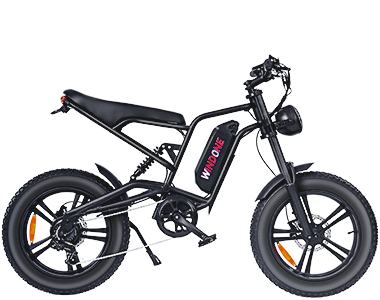
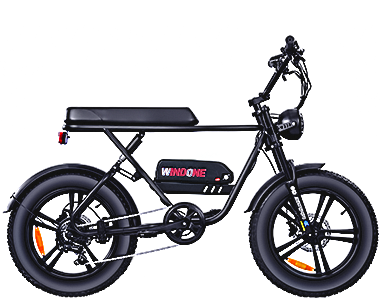
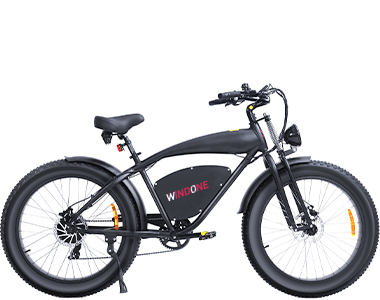
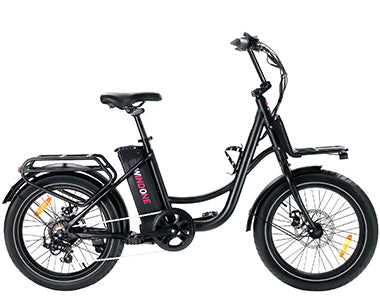
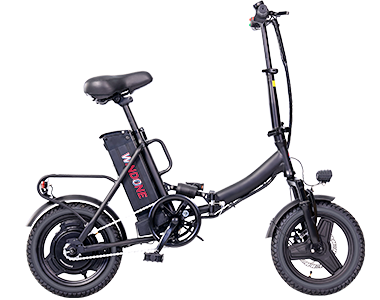
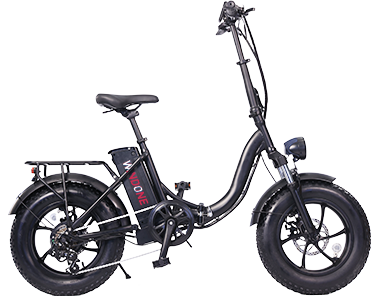


 Ebike Locks
Ebike Locks
 Phone Mount
Phone Mount
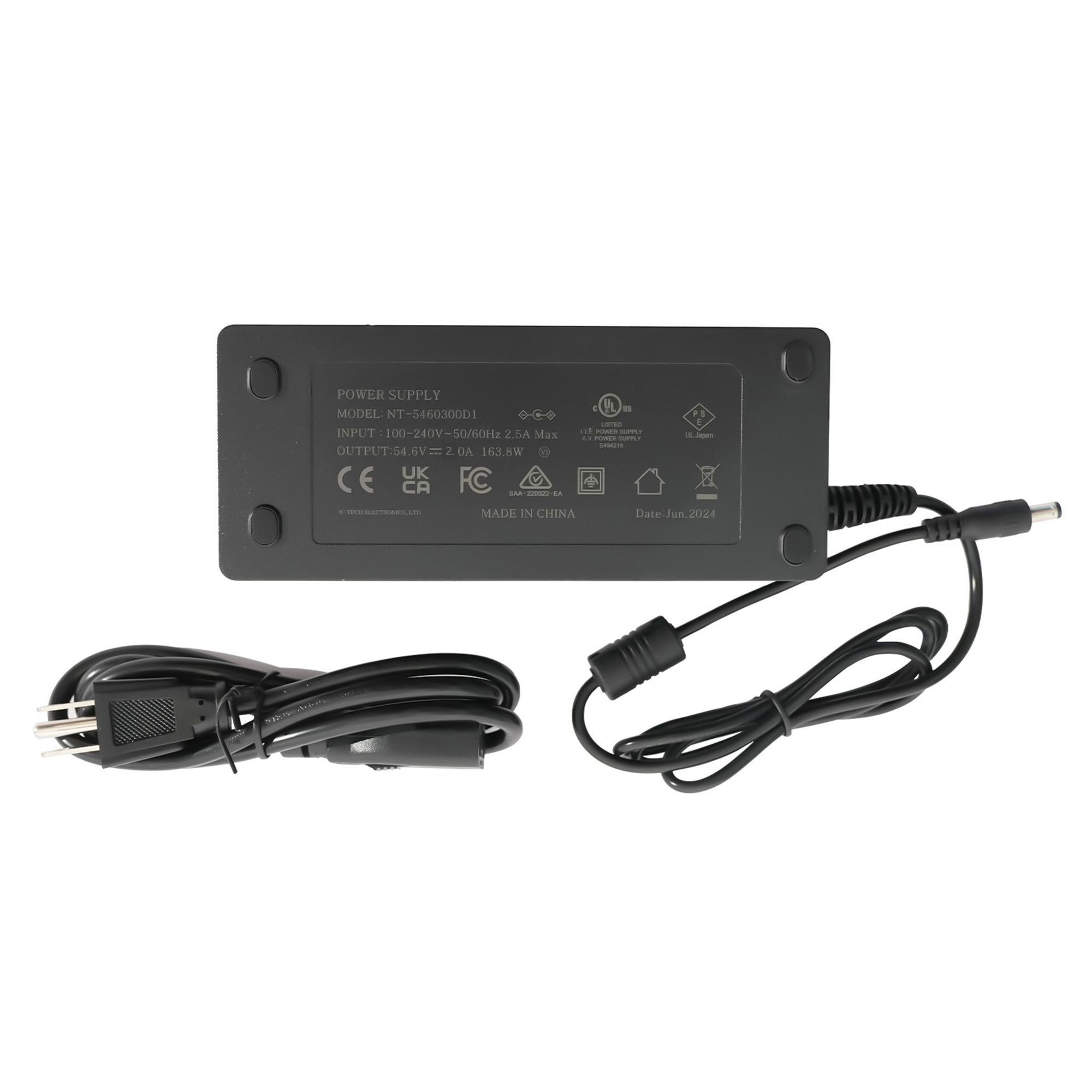

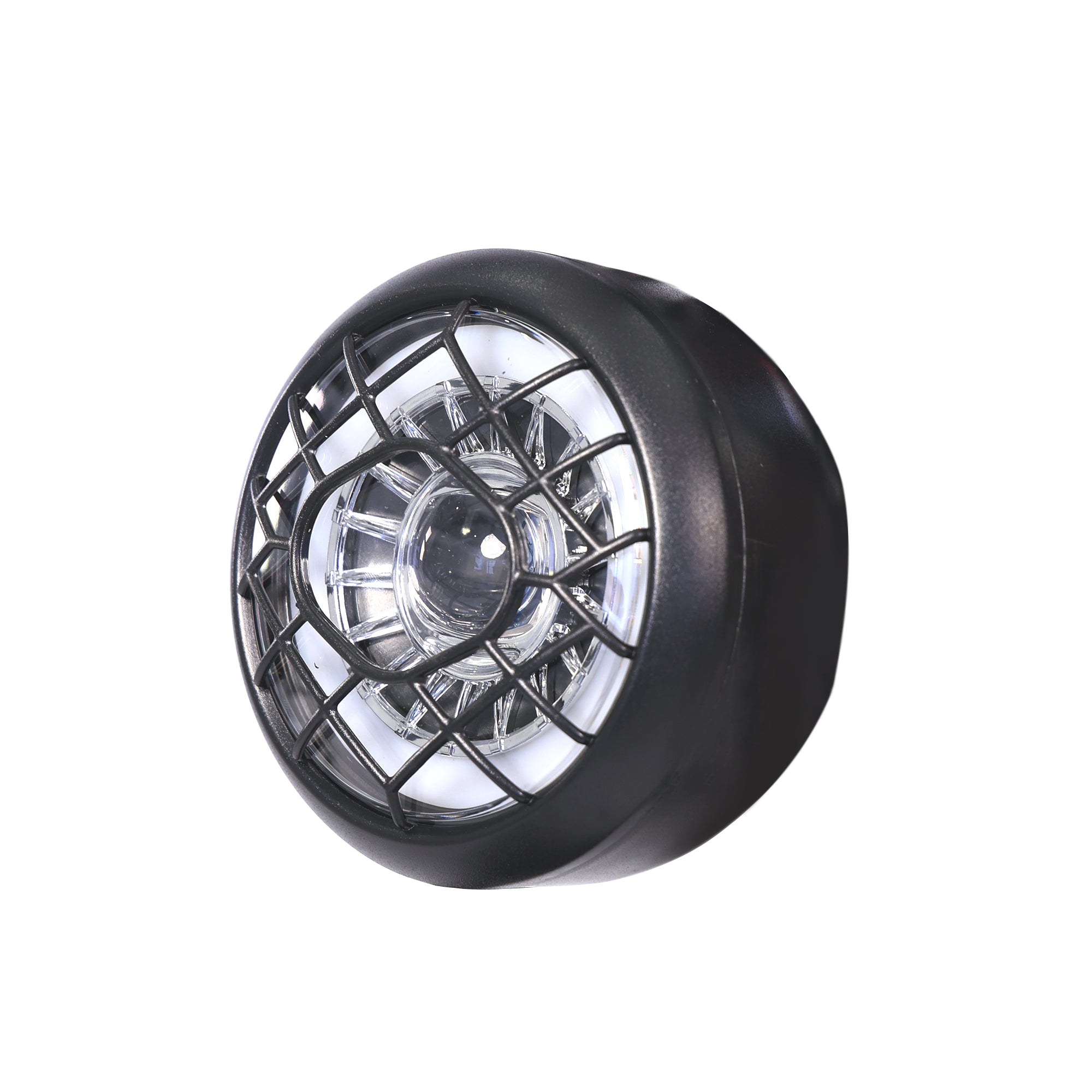
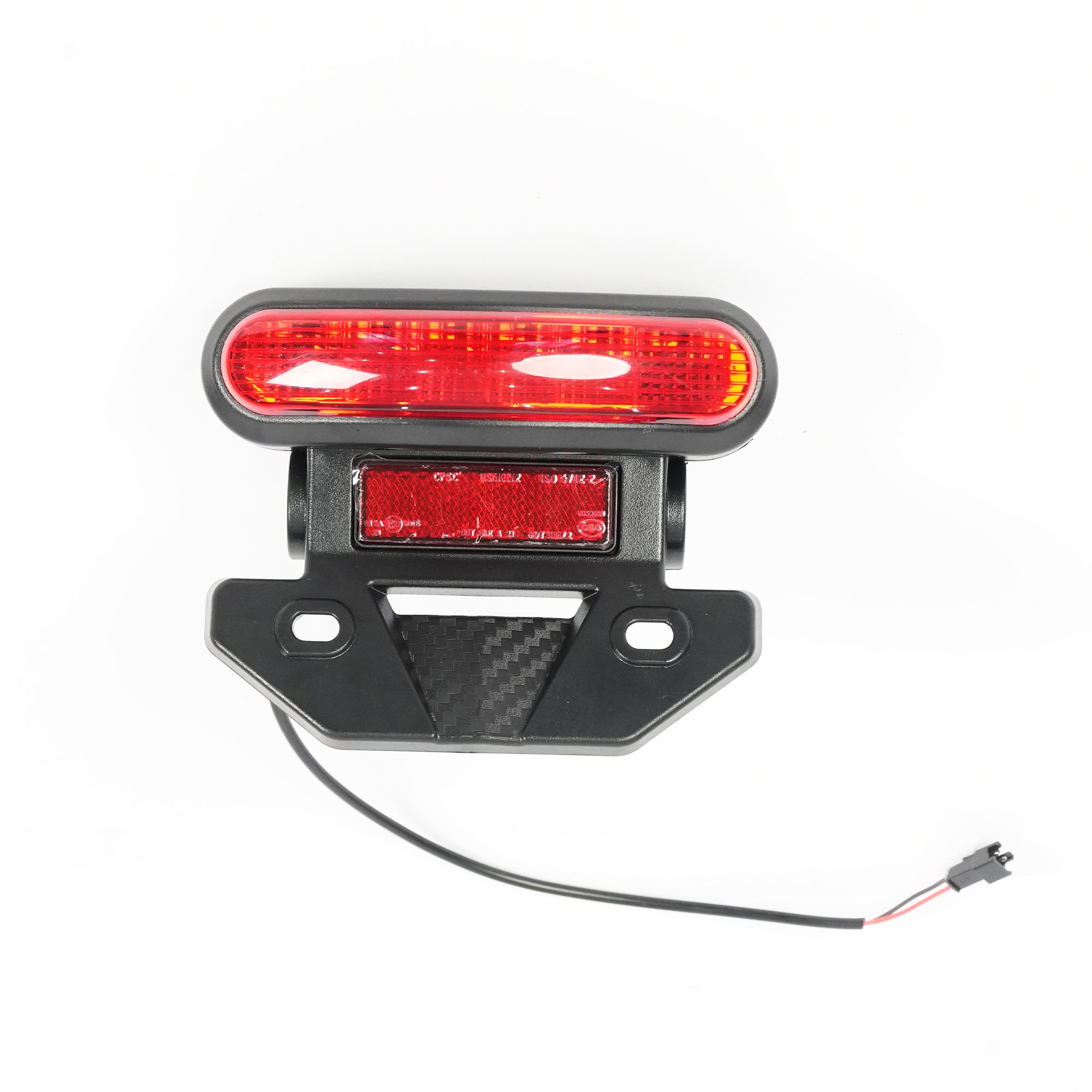
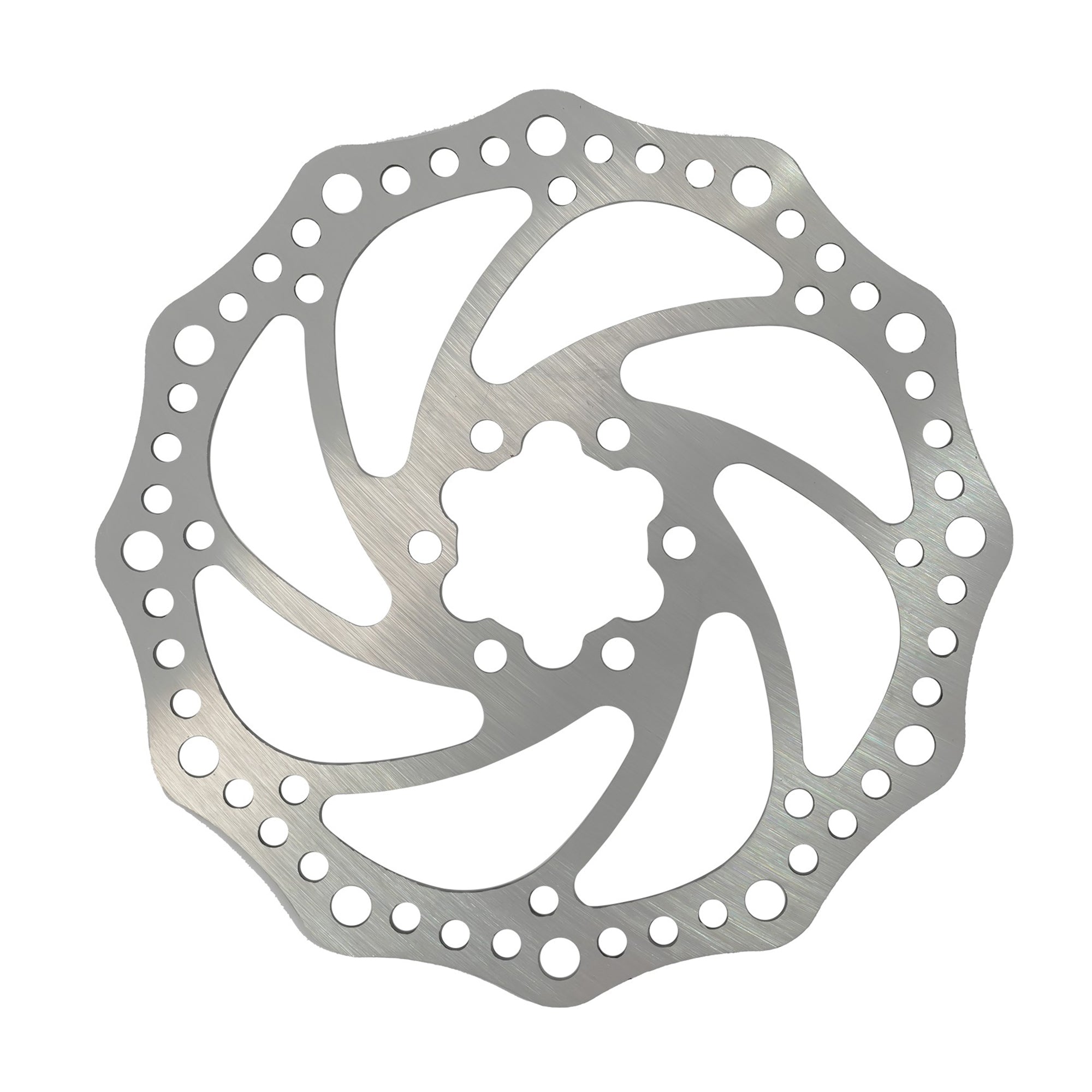
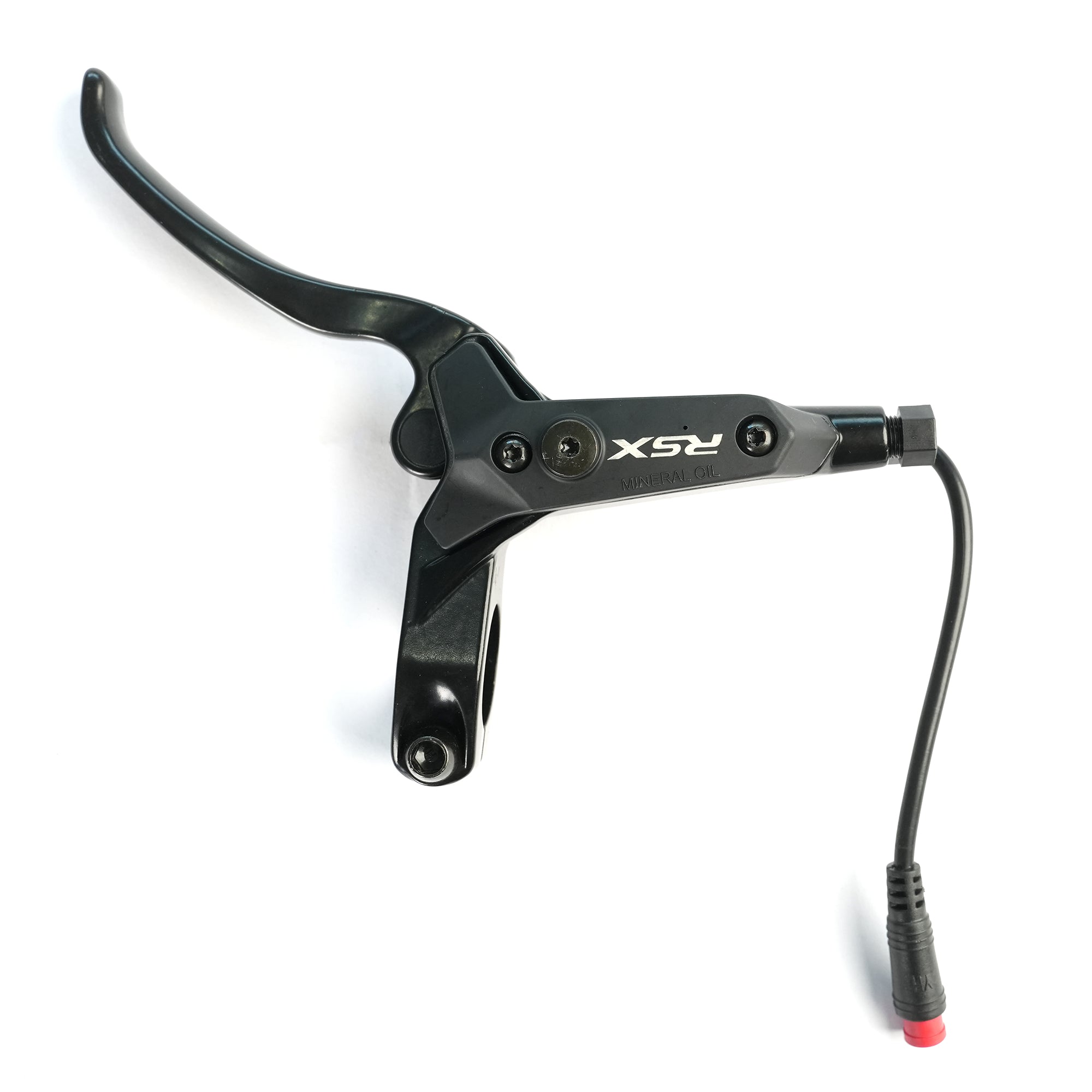
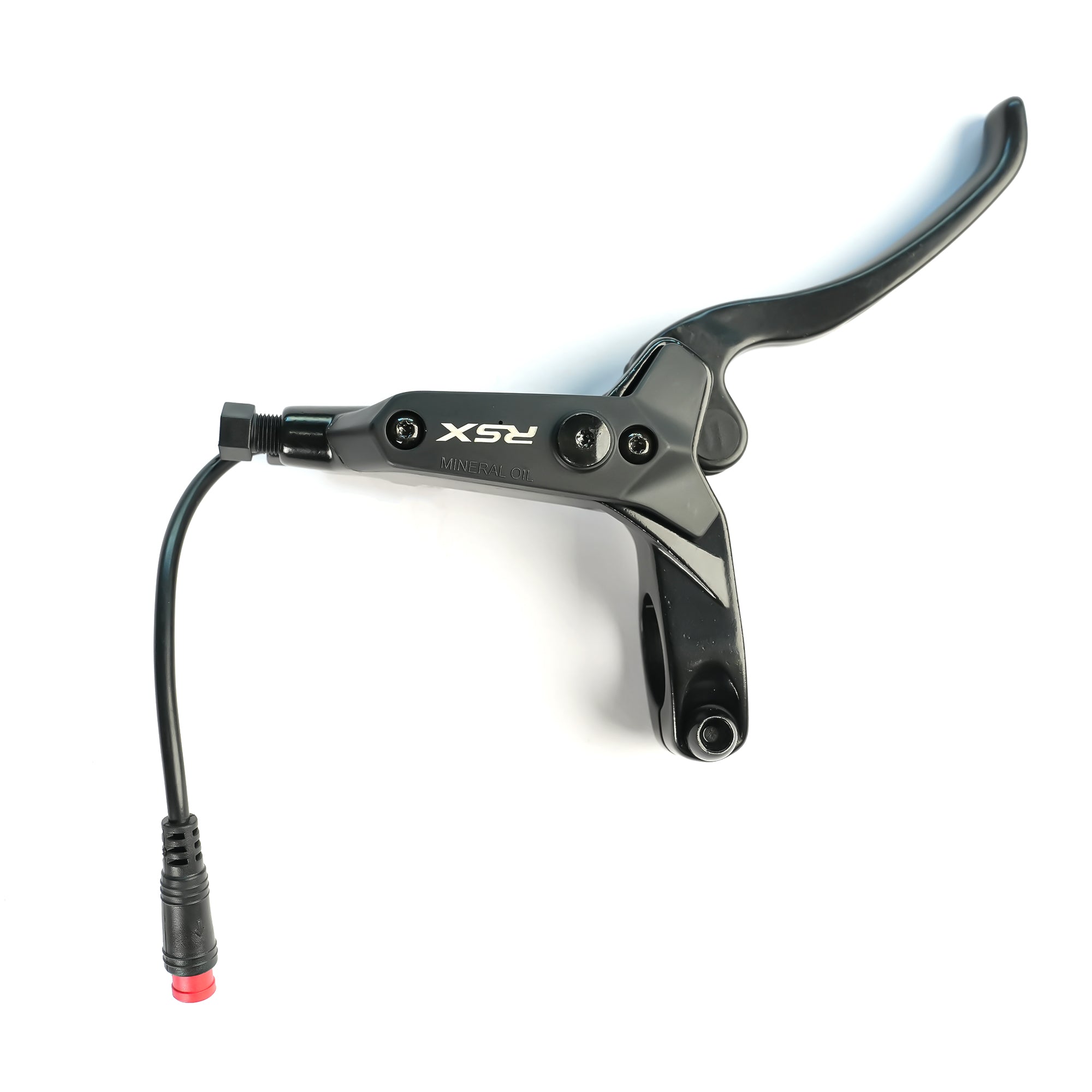
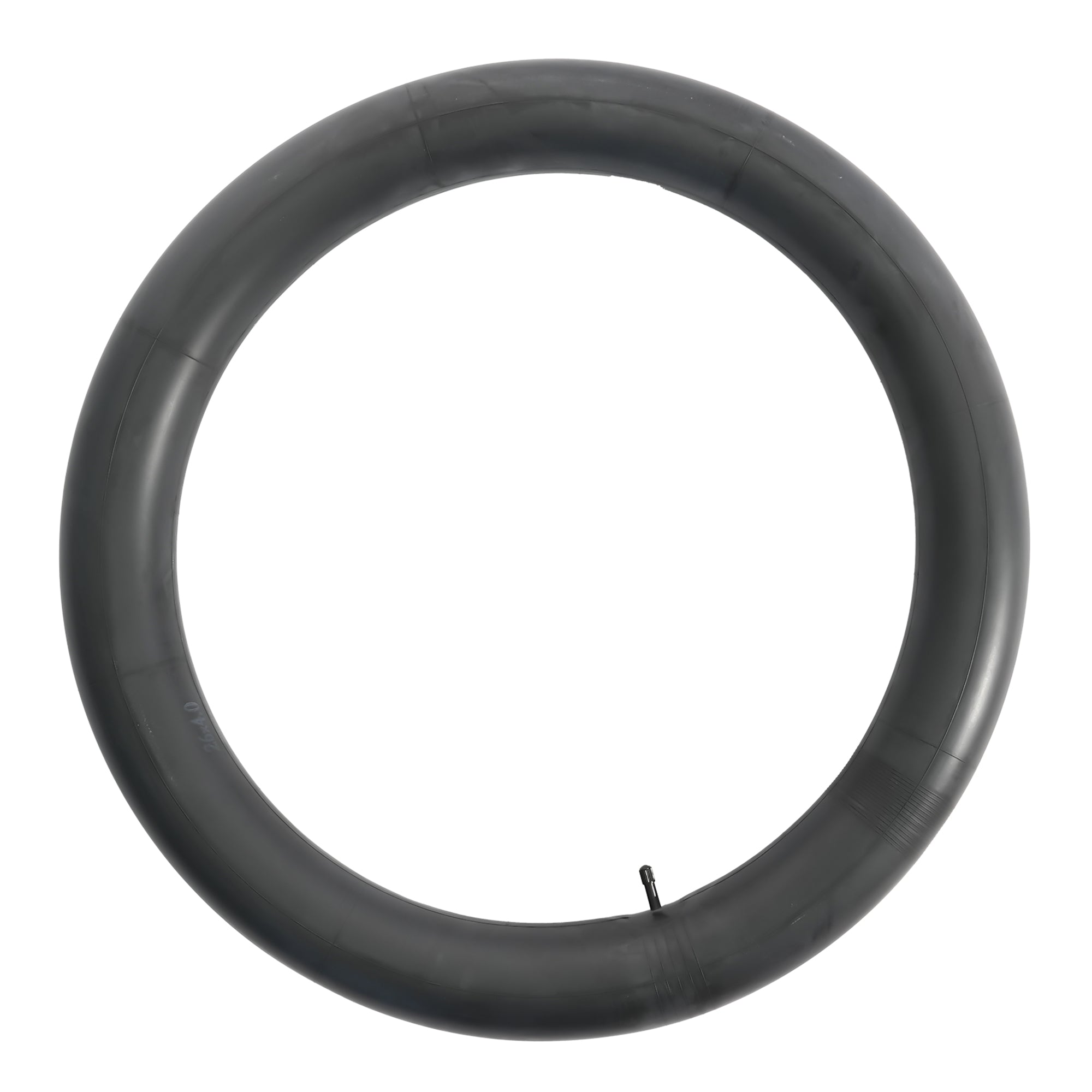
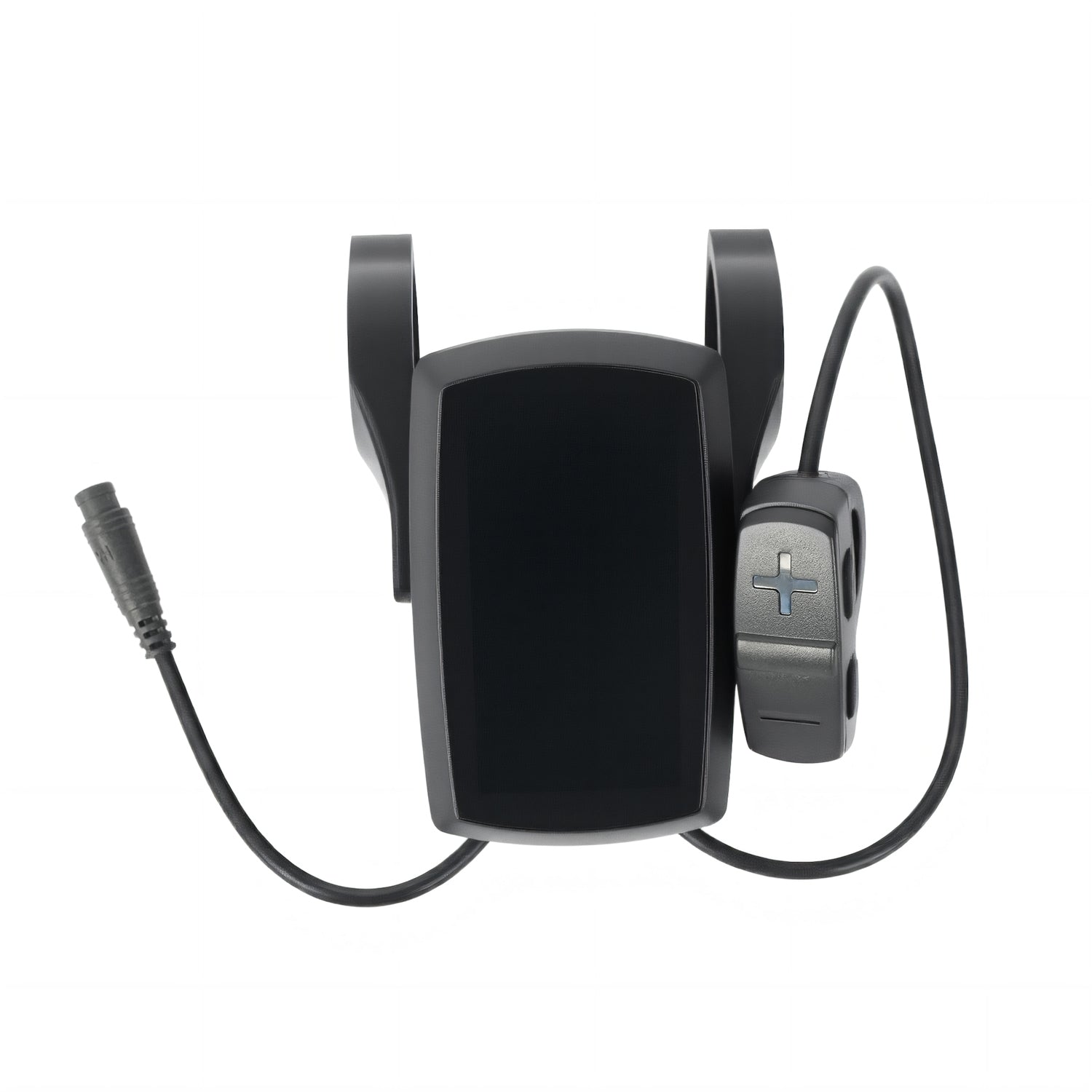
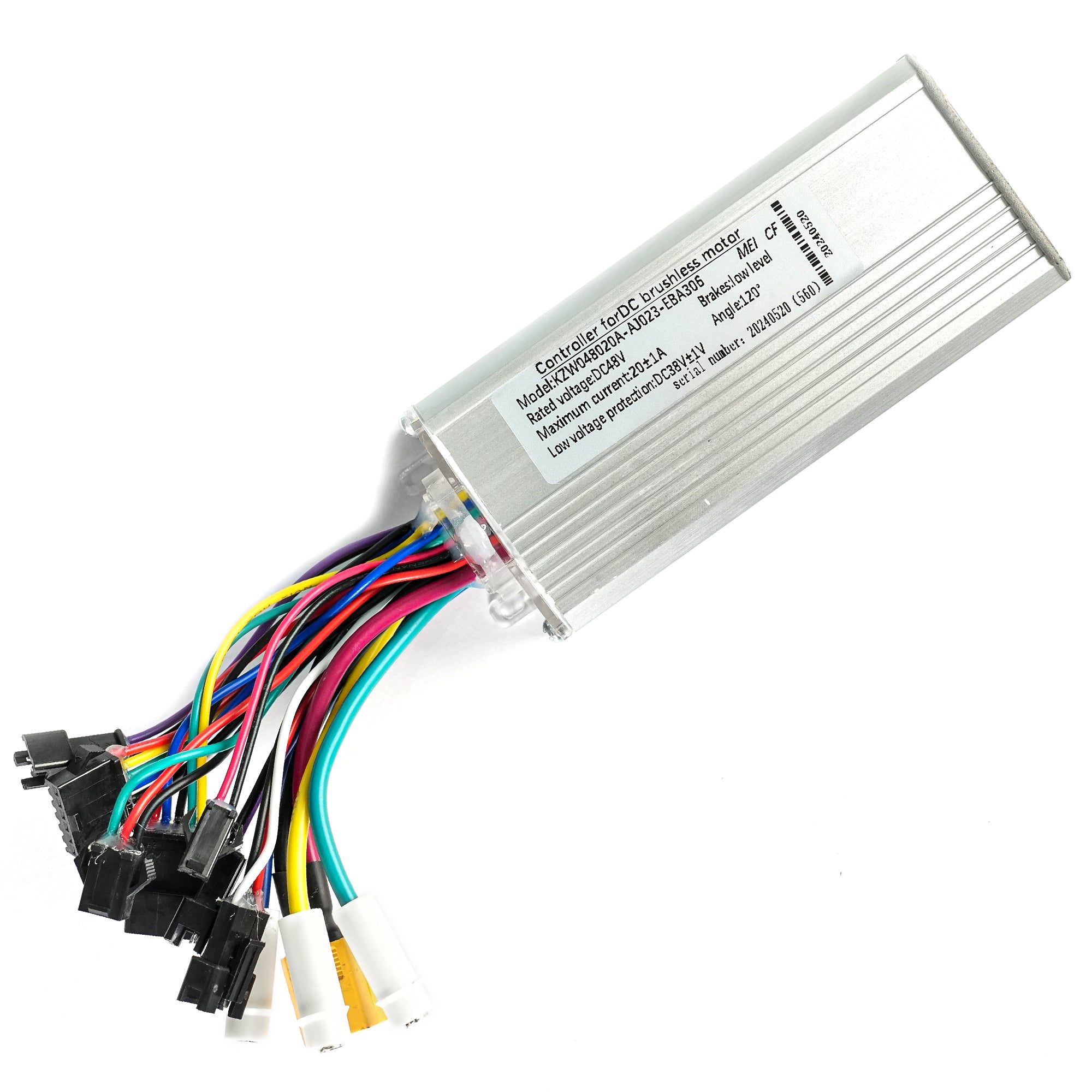

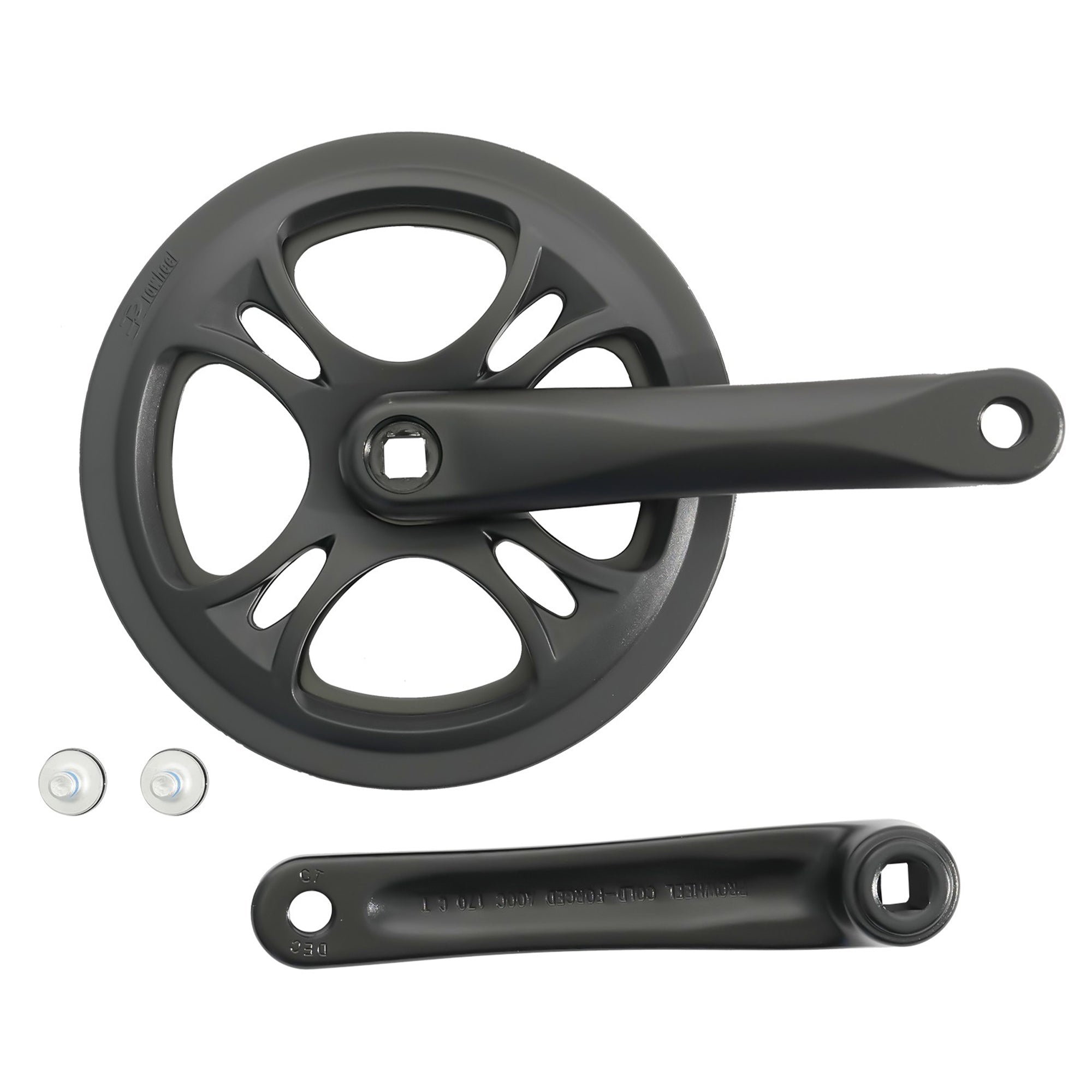
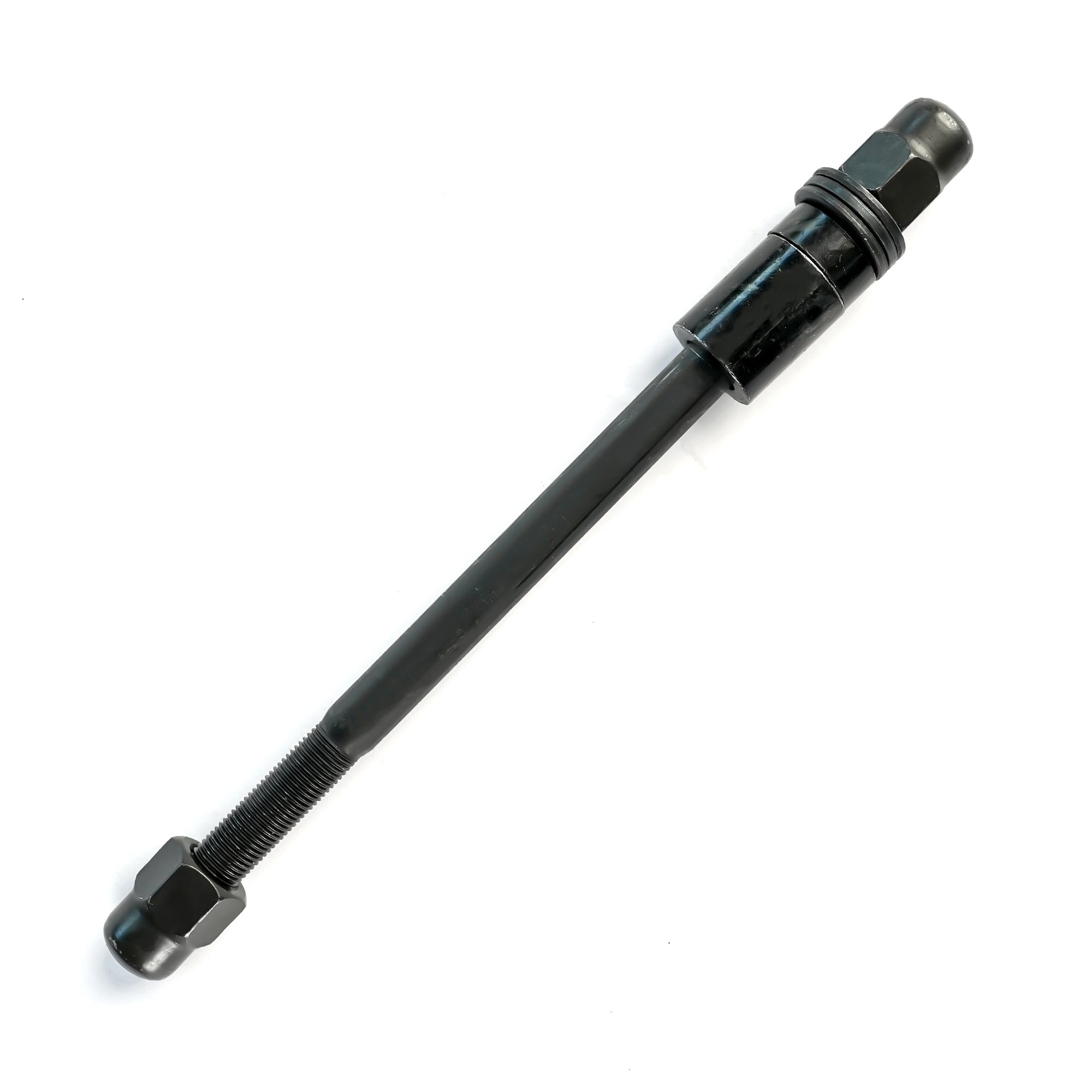
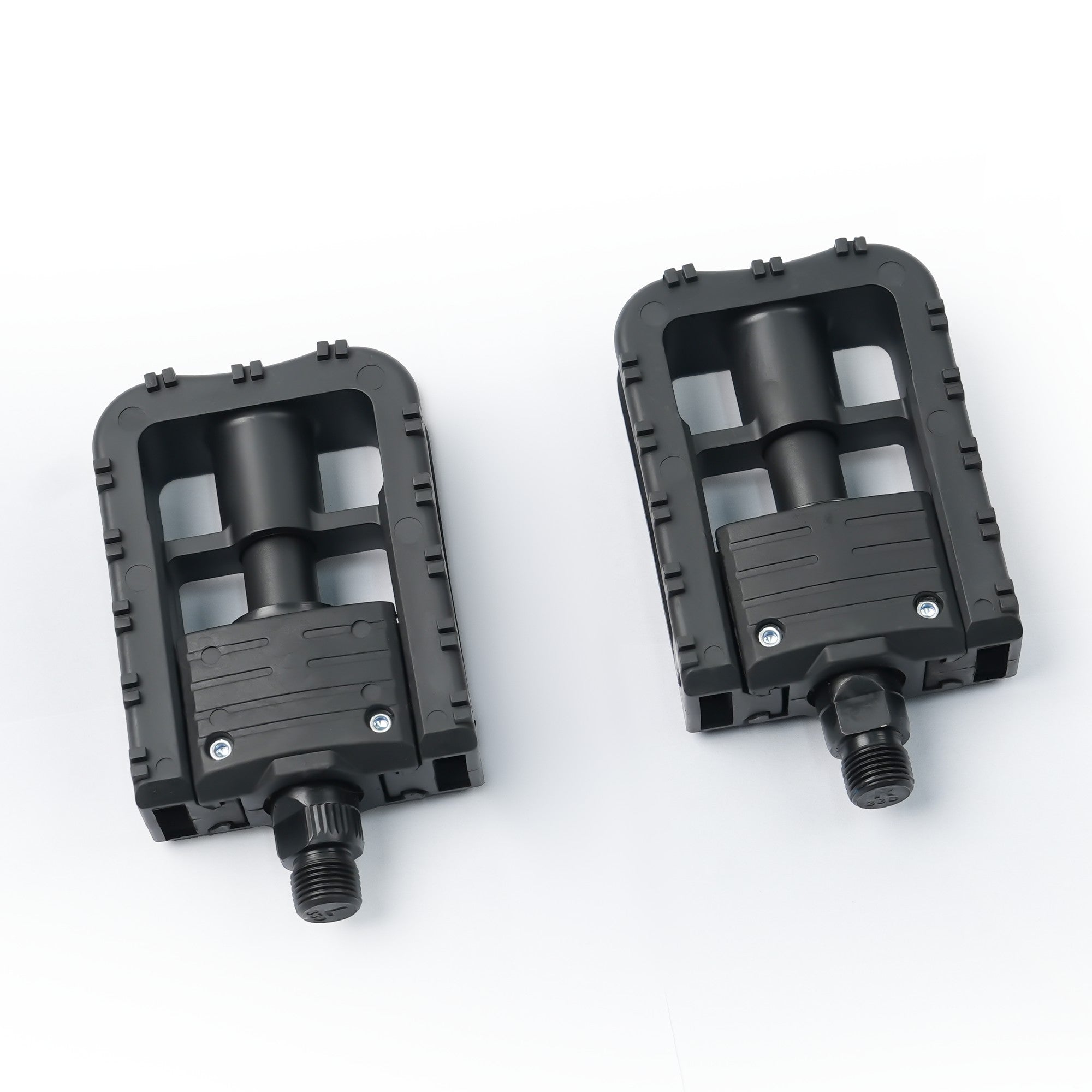
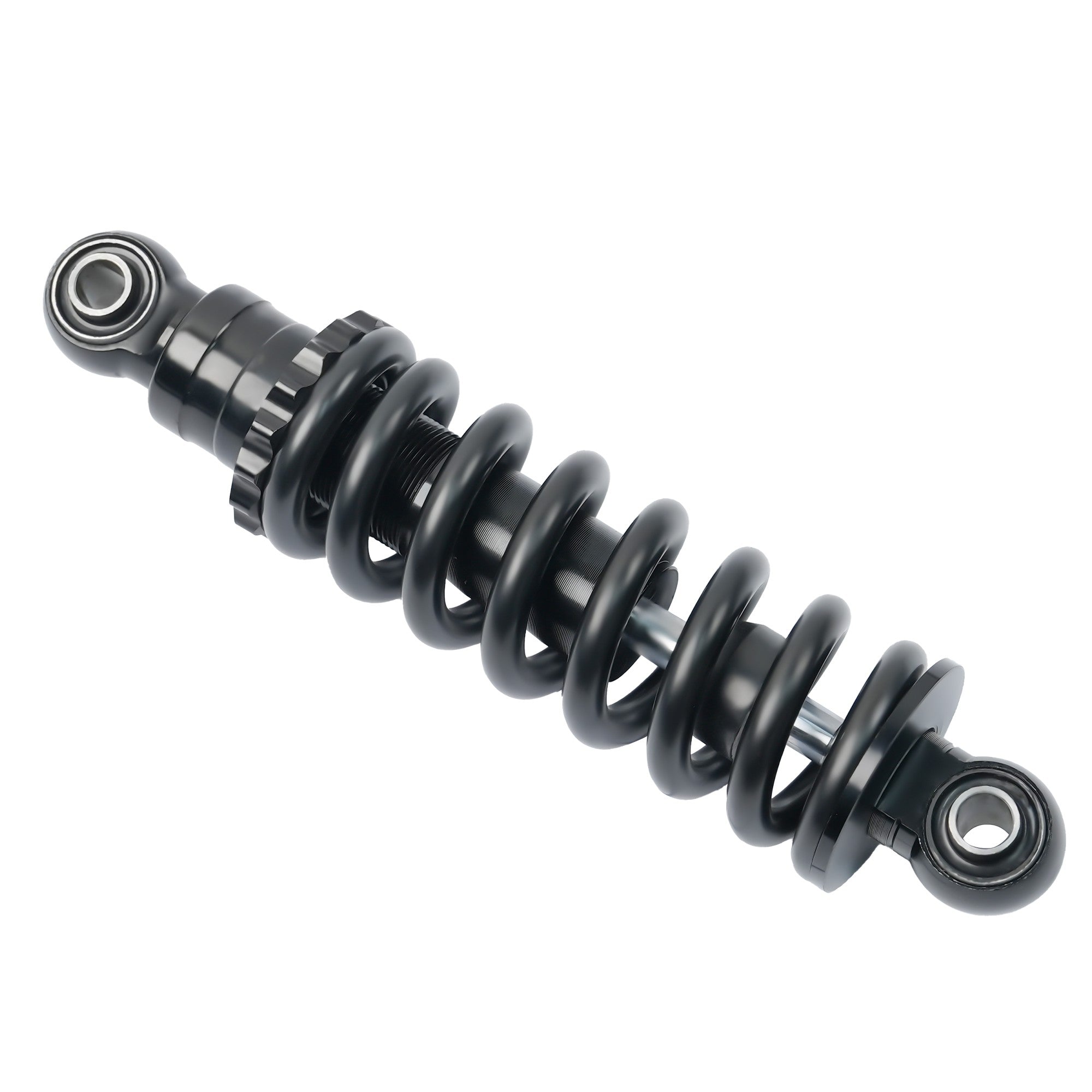
 Payment
Payment Afterpay Financing
Afterpay Financing Warranty
Warranty Shipping Policy
Shipping Policy Exclusive Discounts
Exclusive Discounts Track Your Order
Track Your Order Return & Refund
Return & Refund Referrals & Membership
Referrals & Membership User Manual
User Manual Contact Us
Contact Us FAQs
FAQs













